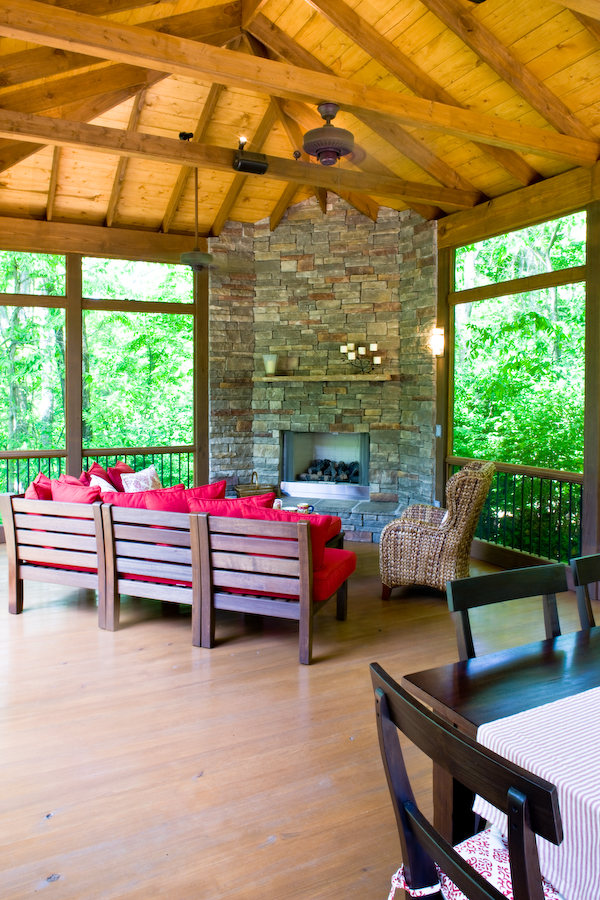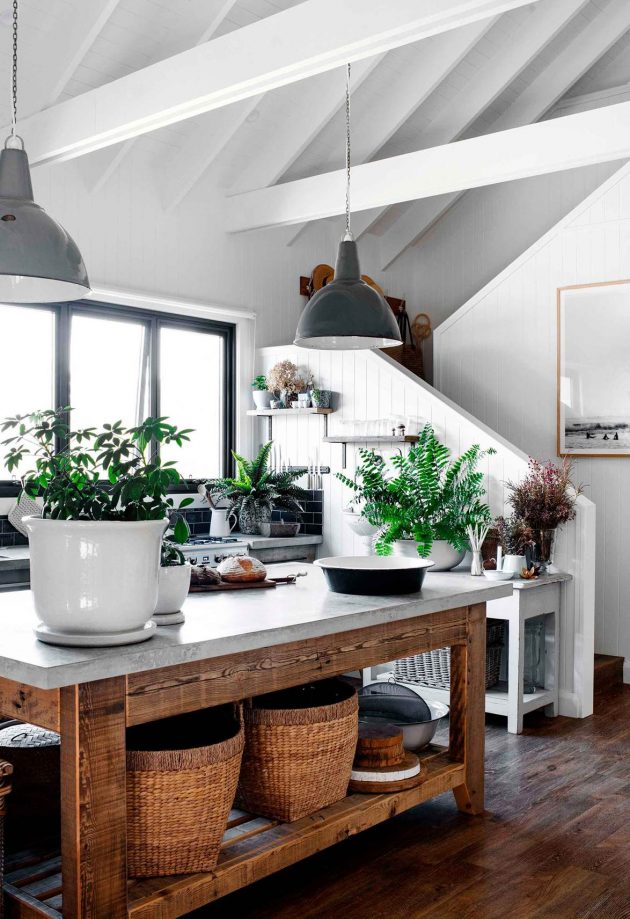

In other words, with Pick Lines used on a wall and with a 2-foot offset, the resulting eave's edge will be at the top level of the wall whereas with Pick Walls used on a wall with a 2-foot offset, the resulting eave's edge would be a little lower than the top level of the wall (you can do the trig with the roof pitch to figure out how much lower if you wish).
EXPOSED RAFTER CEILING PLUS
The former places the reference level of its lines precisely at the specified height (which is the referenced level plus the offset value), while the latter places its lines reference levels at the top of the wall, with the Offset value bringing the eaves down below the tops of the walls. These two use their offset properties differently. or remove everything but the corners when I want a small room capture to go along with whatever else.If your resulting roof is getting a non-centered ridge or a similarly offset shape, it could be that you used a combination of the Pick Lines tool and the Pick Walls tool when you sketched the roof.

I keep a number of 'gobos' made from 703 I position where I think there might be reflection problems - behind the drummer, etc. I still had some issues with room sound until I made some corner traps and wall diffusers out of some 703. Since the pine was a pretty rough cut, I suppose it adds some diffusion. The last wall is the original backside of the barn my room is built onto with very old board that is tar papered over. I used 1x2 running horizontally across the top and bottom of the studs and attached my pine boards to it on 3 walls. I guess I did something similar, but wasn't aware of the potential benefit. Any perspective? Similarly, the idea of the "grooves" in the siding sounds like a poor man's diffuser, but I think the quarter inch translates to diffusion around 50kHz or something ridiculous like thatĪnyway, would love a perspective.I've never heard of resilient channel. This is mostly to get that "barn-like" aesthetic to go with the exposed rafters, but there's a part of me that's hoping that the wood siding might be acoustically superior to drywall? From what I've read, it sounds like the answer is yes. While I'm at it - I'm thinking of putting up drywall over resilient channel and staggered studs for isolation, but then covering the drywall with grooved T1-11 siding. Sounds like I'm heading in the right direction. Thanks everyone! Greatly appreciate the feedback. I thought I got nothing, went away for a couple days, and BAM! It's actually a room with character, I love it. I salvaged some rough cut yellow pine from the interior of a another barn that was being demolished for paneling. For aesthetics, eventually I'll cover them in burlap. I used R19 insulation in between them and as far as I can tell they have caused zero acoustic problems. ThanksI have exposed rafters in the area I use in my barn - a slanted roof 8ft on one side and 12 ft on the other. You could always attach some absorption to them if you are concerned. My guess is that it would not only be better with the exposed rafters than the low parallel ceiling, it would be a tiny bit better with the rafters in place than without them.

They will let sound through and some of the scattering will be from sound coming back off the roof. Even to the point that they will reflect, they will reflect on the top and sides as well as the 'bottom'. And compared to having a low, parallel ceiling there, it has to be better. ThanksEven if the rafters are 100% reflective I doubt they represent enough surface area to harm the over-all sound in the room. Before I commit to this - is there any reason that this is a bad idea acoustically? I'm assuming the slanted/higher ceiling is better but I want to make sure the rafters don't result in some strange phase distortion or other issue. This will expose the 2x10 rafters that are 16" on center. With the remodel I'm planning to take the ceiling up to the roof line to get more height (14' at the peak) and avoid a ceiling that's parallel to the floor. The garage currently has a peaked roof with drywall on the rafters. I'm yet another person converting a garage into a recording studio.


 0 kommentar(er)
0 kommentar(er)
